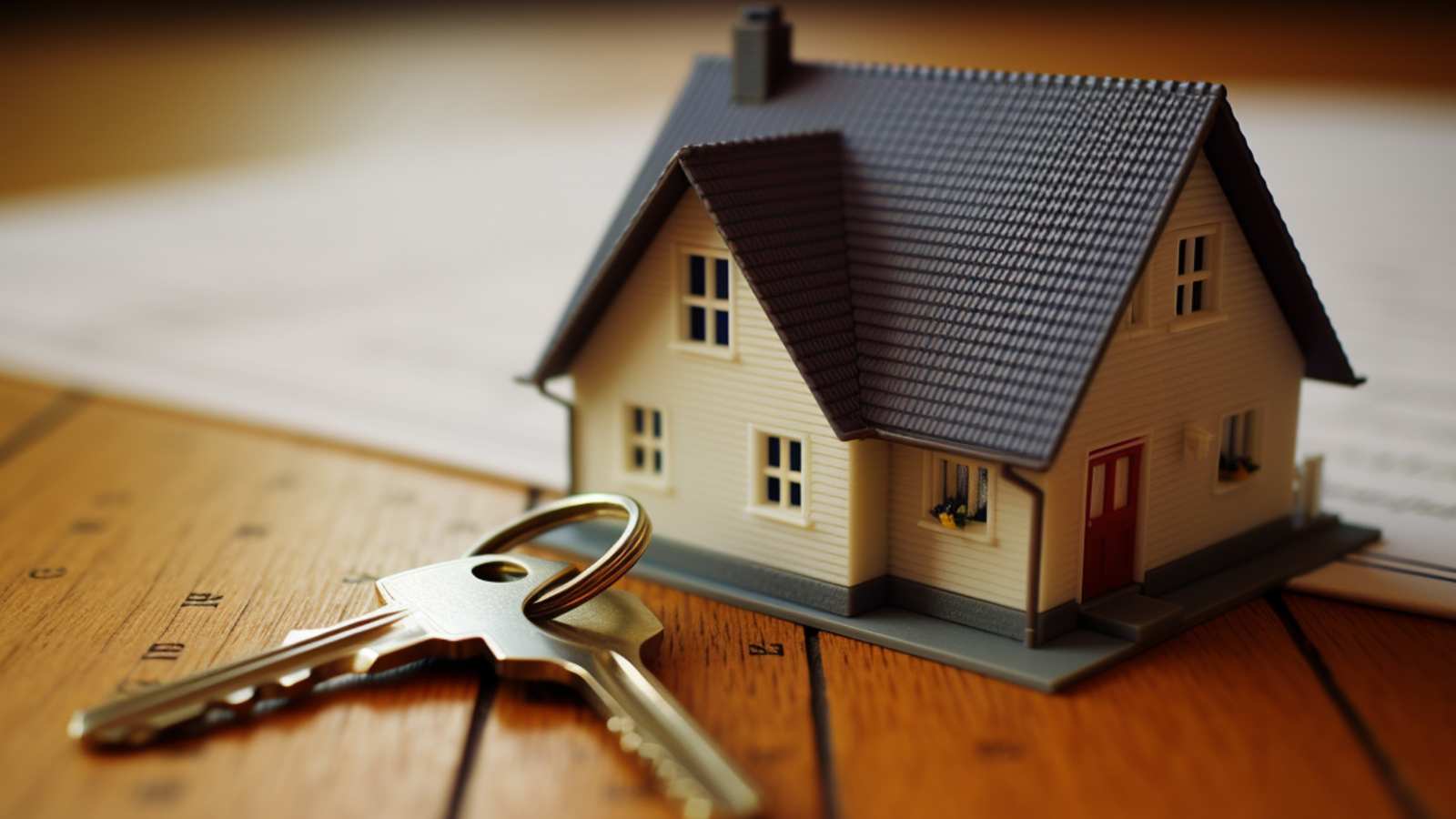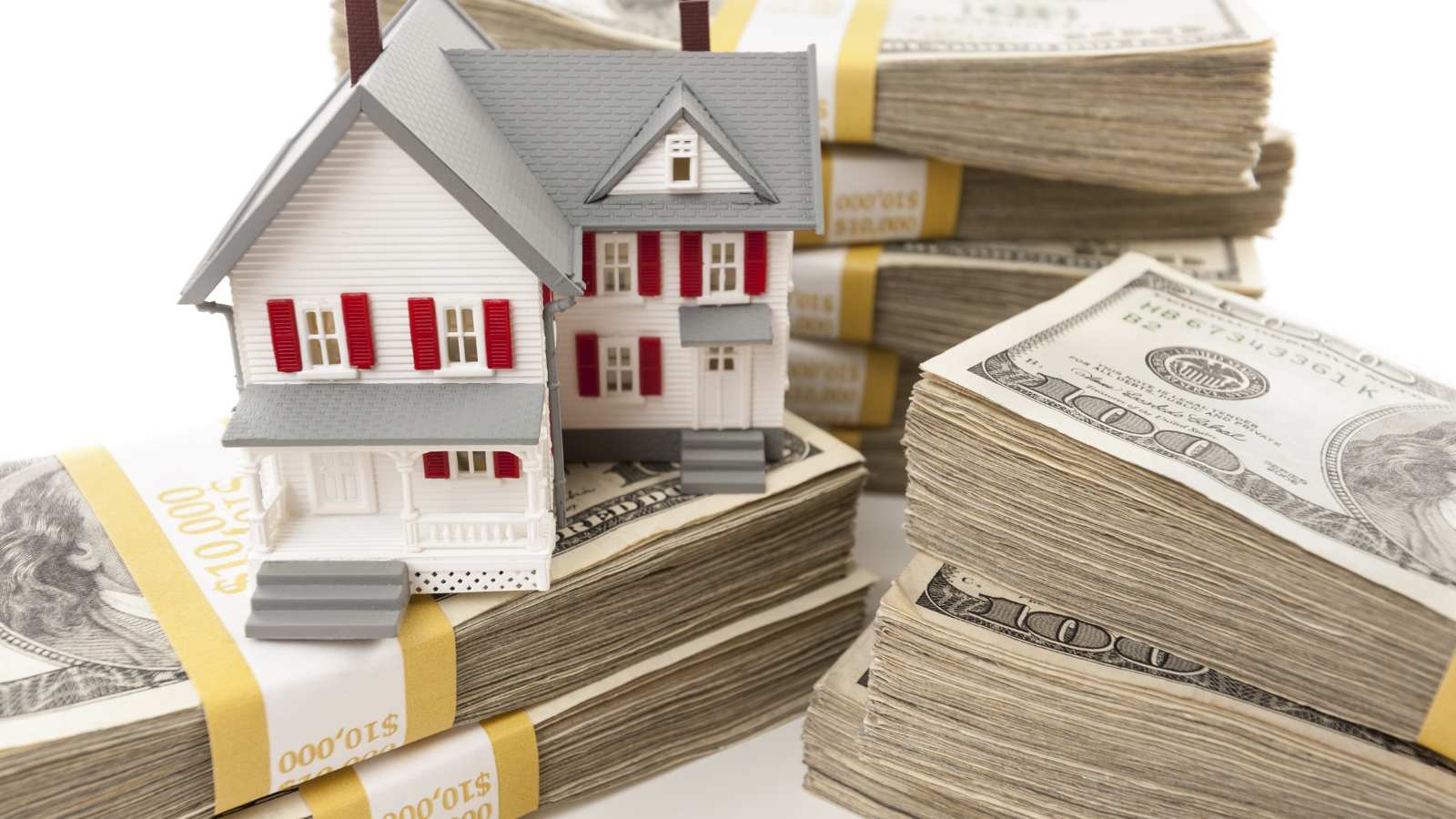Trump’s 50-Year Loan Idea: What It Means for First-Time Buyers

A bold proposal from former President Donald Trump is shaking up the housing conversation: a push for 50-year mortgages. Yes — fifty. As in, a home loan that could outlive your dog, your car, and half the furniture you’ll buy over the next several decades. The pitch is simple: stretch the payments long enough so they feel manageable again.
And honestly, when you’ve watched prices climb for years, even a few hundred dollars of savings sounds like a lifeline. But once you look closely, the long-term math tells a very different story that’s hard to ignore. For instance, Forbes notes that for a $500,000 loan at a fixed 5% rate, a 30-year mortgage would generate around $466,000 in total interest, while a 50-year mortgage would yield roughly $862,000. Yikes!
Monthly payments go down a bit — but you pay for it later

The most significant selling point is simple: lower monthly payments. For example, on a $400,000 loan at 6.25%, a 30‑year mortgage might cost about $2,470 per month, while a 50‑year mortgage would be closer to $2,220 per month.
That’s a difference of roughly $226 per month, according to HomeLight’s dedicated calculator. For someone scraping to qualify, those savings can feel like the whole decision. It helps, sure — but it’s not a massive drop, and it certainly isn’t life-changing money.
The long-term cost hits like a plot twist you didn’t ask for
The real shock comes when you look at the lifetime interest. On a $400,000 home, a 50-year mortgage could rack up about $816,396 in interest, compared to $438,156 with a traditional 30-year loan.
That’s roughly 86% more interest, and you haven’t even gotten granite countertops out of the deal. You’re saving a little now but giving the bank a whole extra house in return later.
Equity grows painfully slowly with these ultra-long loans

One of the quiet downsides is how long it takes to build any real equity. With a 50-year mortgage, it might take around 30 years to make $100,000 in equity, but with a 30-year loan, you’d reach that mark in roughly 12 to 13 years instead.
More of your early payments go toward interest, so you hardly scratch the principal. As Realtor.com economist Joel Berner puts it, short-term gains come at a steep long-term price.
The age factor makes the idea even trickier
The median first-time buyer is now about 40 years old, and that changes the whole equation. A 50-year mortgage for someone that age means payments stretching well into their 80s. Many buyers simply won’t live long enough to finish the loan.
It’s not exactly the financial storyline most people hope for when buying their first home. And if retirement is already stressful to imagine, adding decades of mortgage payments doesn’t make it easier.
There’s also the bigger housing picture that this idea doesn’t fix

The real crisis in U.S. housing isn’t mortgage length — it’s supply. Zillow reports that the country faces a shortage of about 4.7 million homes, driven by years of underbuilding since the Great Recession.
A 50-year loan doesn’t magically create more places to live. It just stretches the cost of the existing ones even further into the future.
Key takeaways
Stretching a mortgage to 50 years might make buying feel easier at first, but the long-term costs quietly pile up in the background. It’s the kind of deal you appreciate in the moment, only to realize later that you’ve signed up for decades of extra interest.
The slow build of equity makes it even harder to feel like you truly own anything early on. And that’s why many people feel torn — they want relief, but they also want a fair shot at building real wealth without dragging debt into the last chapters of their lives.







